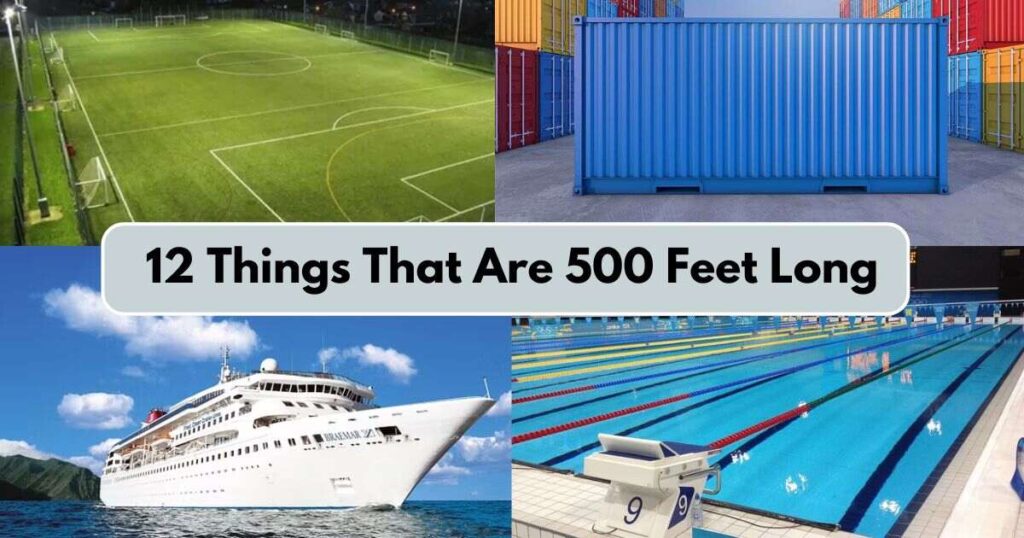Have you ever wondered just how long 30 feet really is? Whether you are planning home renovations, arranging furniture, or just curious about distances and sizes, understanding this measurement can be incredibly useful in everyday life.
In our modern world, the need to visualize and understand physical distance comprehension has never been more important. From residential architecture to sports field dimensions, this measurement plays a crucial role in how we interact with our environment.
How Long is 30 Feet?
To put it in perspective, 30 feet equals 9.144 meters or 360 inches. This measurement comparison becomes clearer when we think about it in terms of everyday objects. Picture laying out ten yoga mats end to end, each about three feet long, and you will get a good sense of this distance.
For sports enthusiasts, imagine the length of five parked cars or the width of a small tennis court. This gives you a practical sense of the space, making it easier to visualize in real-world situations. The key to understanding large measurements is finding relatable everyday objects that we regularly encounter.
Converting 30 Feet to Metric Measurements
For international readers and technical applications, 30 feet converts to precisely 9.144 meters or 914.4 centimeters. This conversion proves crucial for global construction standards and international architectural planning.
Understanding these conversions helps professionals work across different measurement systems while maintaining accuracy in their calculations. This knowledge is particularly valuable in international trade and global construction projects.
What Does 30 Feet in the Air Look Like?
Looking up at a telephone pole or standing at the base of a rock climbing wall gives you a vivid sense of this height. Most public diving platforms at community pools are about this tall, offering another familiar reference point for understanding vertical distance.
A mature Crape Myrtle Tree often reaches this height, creating a natural marker in many landscapes. When you stand at ground level and look up, this elevation represents a significant but not overwhelming height that many of us encounter in our daily lives.
How Does 30 Feet Measure Up to Human Height?
When it comes to human height, 30 feet equals roughly five tall adults standing on each others shoulders. This comparison helps us grasp the true scale of this measurement in relation to our own bodies.
A typical three-story building stands about this tall, with each floor measuring approximately 10 feet in height. This provides another everyday reference point that most people can easily relate to when thinking about vertical measurements.
What Does 30 Feet Look Like Inside a House?
Inside a home interior layout, 30 feet often represents the distance from your kitchen to your living room. This span creates an open, flowing space that many modern homes embrace for furniture arrangement and family gatherings.
For those planning renovations or considering residential architecture, understanding this distance helps in visualizing how rooms connect and flow together. It’s about the length of ten normal steps, making it a comfortable distance for daily movement through living spaces.
Professional interior designers often use this measurement as a benchmark for creating balanced, functional spaces. When planning room layouts, they consider how this distance affects everything from traffic flow to conversation areas.
How Far is 30 Feet to Walk?
Walking 30 feet represents approximately 10-12 average adult steps. This measurement becomes particularly relevant in residential architecture and physical distance comprehension for daily activities.
Professional physical therapists and medical practitioners often use this distance as a standard walking test measurement. It provides a practical benchmark for assessing mobility and rehabilitation progress.
12 Things That Are 30 Feet Long or Big
Let’s explore some common examples that help us understand this measurement through real-world examples. These familiar items provide practical reference points for spatial awareness and daily applications.
1. 3x Table Tennis Table

A standard ping pong table measures roughly 9 feet long, so three tables placed end-to-end closely match our 30-foot measurement. The net height and table width provide additional reference points for understanding scale.
Each regulation table tennis table measures 9 feet in length, with three tables aligned end-to-end reaching 27 feet, slightly under our 30-foot measure.
For recreational activities enthusiasts, this comparison offers a tangible way to visualize the distance. Whether you’re a casual player or serious competitor, this measurement becomes clear when you consider the playing space needed for three consecutive tables.
2. Half of the Cricket Pitch
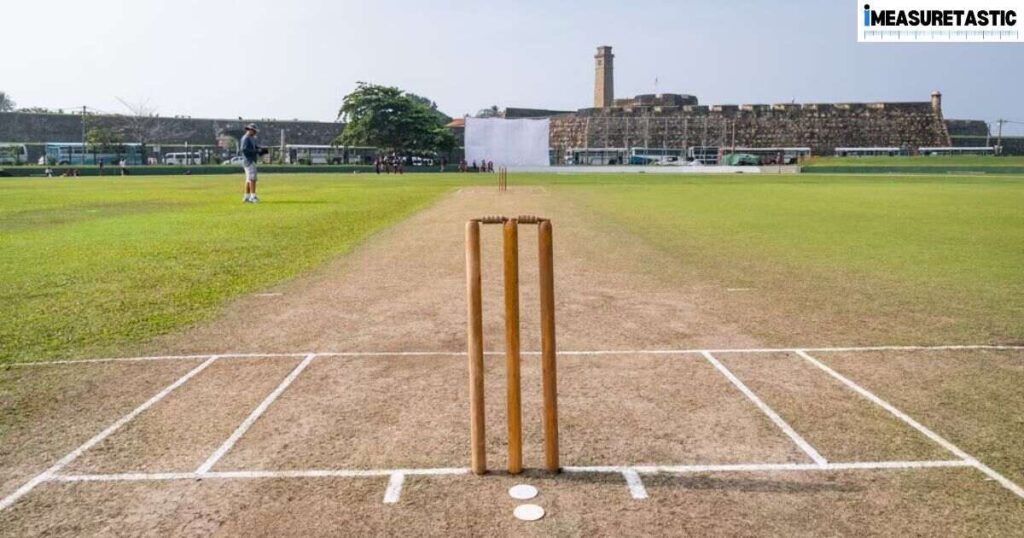
In sports field dimensions, half a cricket pitch spans approximately 30 feet. This measurement is crucial for players and groundskeepers alike, representing the distance from the batting crease to the middle of the pitch.
A complete cricket pitch measures 66 feet (22 yards or 20 meters), making half the pitch slightly over 30 feet at approximately 33 feet.
Professional cricket grounds maintain these precise measurements for fair play and consistent game conditions. Understanding this distance helps players develop their bowling and batting strategies effectively.
3. 2 Standard Sedan Cars

Two typical sedans parked bumper-to-bumper span about 30 feet. This measurement comparison proves particularly useful when considering parking space requirements or garage dimensions.
Modern sedan cars average between 15-16 feet in length, making two vehicles end-to-end span approximately 30-32 feet.
This visualization especially relevant for urban planning and parking design. This comparison helps in understanding space requirements for transport infrastructure.
4. A 3-Story Building

A typical three-story building reaches approximately 30 feet high, making it a common sight in both residential and commercial areas. This height accommodates standard ceiling heights while meeting building codes and safety requirements.
In real estate markets, understanding building heights helps investors and developers make informed decisions about property development and zoning requirements. This measurement often represents the maximum height allowed in some residential zones.
Each floor spans approximately 10 feet in height, accounting for ceiling and floor thickness. The total 30-foot height incorporates structural elements and standard floor-to-ceiling clearances.
5. A London Bus
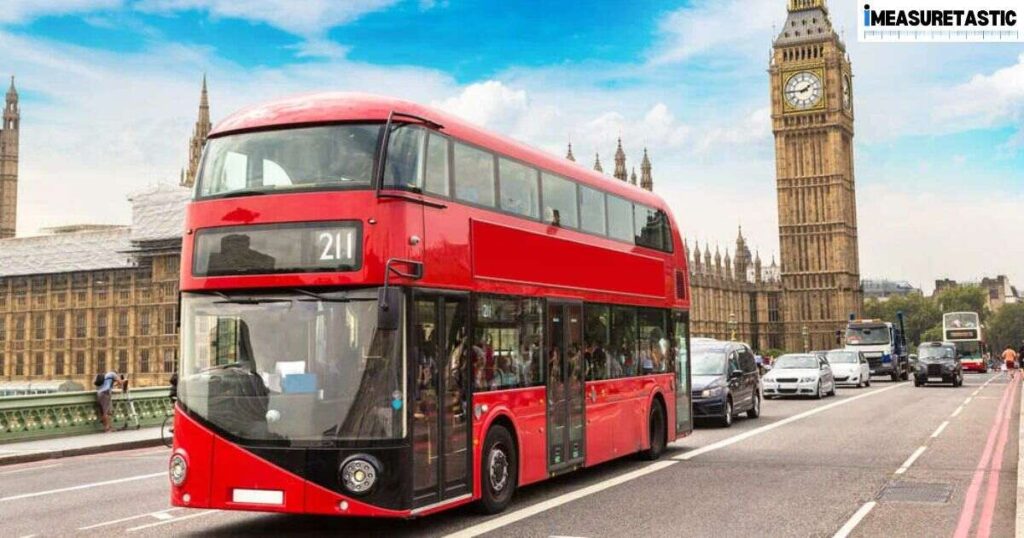
The iconic red double-decker bus in London, England has become a symbol in countless movies and tourist photos. These public transportation vehicles measure approximately 30 feet in length, providing essential transport services while maintaining maneuverability in urban settings.
The specified length of 27.5 feet appears to be outdated, as modern London double-decker buses typically measure between 35-40 feet in length.
These buses serve as perfect examples of how engineering accommodates both space efficiency and passenger capacity. Their design has influenced urban planning worldwide.
6. Half a Bowling Lane
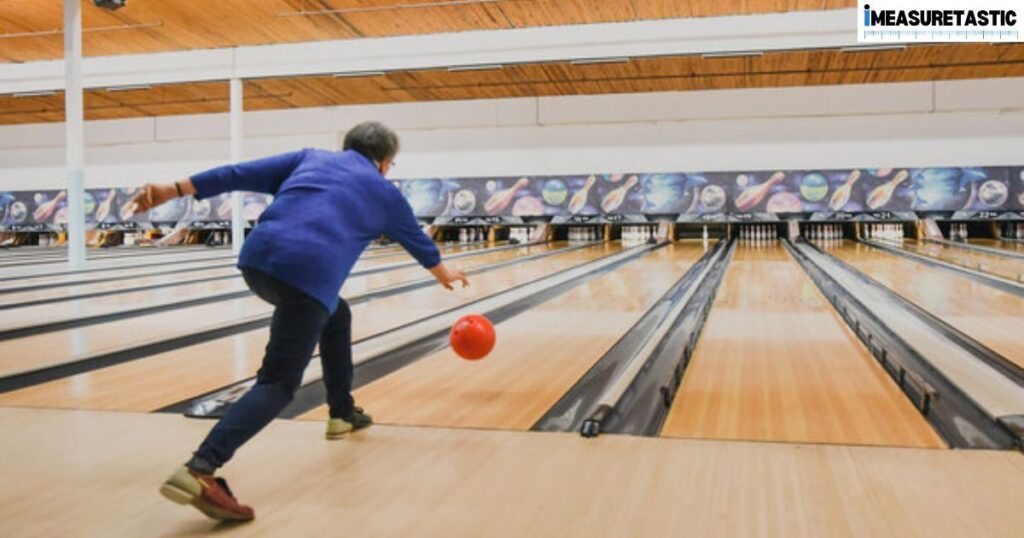
A regulation bowling lane measures approximately 60 feet from foul line to pin deck, making half this distance nearly identical to our 30-foot measurement. This comparison helps both casual bowlers and professionals understand optimal ball speed and trajectory.
The standard bowling lane extends 62 feet from foul line to headpin, with half the lane measuring 31 feet, just slightly over our 30-foot reference.
For recreational activities enthusiasts, this distance represents the crucial space where a bowling ball begins to break into its hooking motion. Understanding this measurement helps bowlers improve their technique and timing.
Professional bowling alleys must maintain precise measurements to meet competition standards. This attention to detail ensures consistent playing conditions across different venues.
7. 2x Great White Shark

In the vast ocean, a fully grown great white shark typically reaches around 15 feet in length. Placing two of these magnificent creatures end to end gives us our 30-foot measurement. This comparison helps us appreciate both the scale of marine life length and natural proportions.
Female great whites average 15-16 feet, while males typically measure 11-13 feet, making the 30-foot comparison variable depending on the specific specimens being referenced.
These impressive predators serve as a powerful reminder of nature’s diversity in size and scale. Understanding their length helps marine biologists and researchers study their behavior and habitat requirements.
8. Triple the Christmas Tree Height

During holiday seasons, standard indoor Christmas tree heights typically reach about 10 feet. Stack three trees vertically, and you’ve got our 30-foot measurement. This comparison becomes particularly relevant when considering commercial holiday decorations in shopping malls and public spaces.
Standard commercial Christmas trees in public spaces are typically sectioned in 10-foot segments, with three sections totaling the full 30-foot height.
Most indoor evergreen conifer trees, whether spruce, pine, or fir, are chosen to fit standard ceiling heights. The 30-foot measurement often represents the maximum height for decorated trees in large commercial spaces.
Read Also >> 11 Things That Are About 25 Feet Long or Big
9. A Telephone Pole

Standard utility infrastructure poles, supporting electrical power lines, fiber optic cables, and connections for internet and TV, typically reach 30 feet in height. These poles form the backbone of our modern communication networks.
Standard utility poles typically range between 30 to 36 feet in total height, with the 30-foot mark being a common minimum height requirement.
These structures also often support streetlights and traffic signals, making them crucial components of urban infrastructure. Their height ensures safe clearance while maintaining accessibility for maintenance crews.
10. Standard School Bus

The typical American school bus stretches approximately 30 feet in length, making it a familiar reference point for many. This length allows for optimal passenger capacity while maintaining maneuverability on both urban streets and rural roads.
School transportation planners rely on these dimensions when designing bus routes and parking facilities. The standardized length also helps architects and school administrators plan appropriate loading zones and parking areas.
A standard school bus typically measures between 35-45 feet in length, making the 30-foot reference somewhat underestimated for modern vehicles.
Understanding this measurement is crucial for driver training and safety protocols. It helps ensure proper turning radius calculations and safe navigation through various traffic conditions.
11. Small Aircraft Wingspan
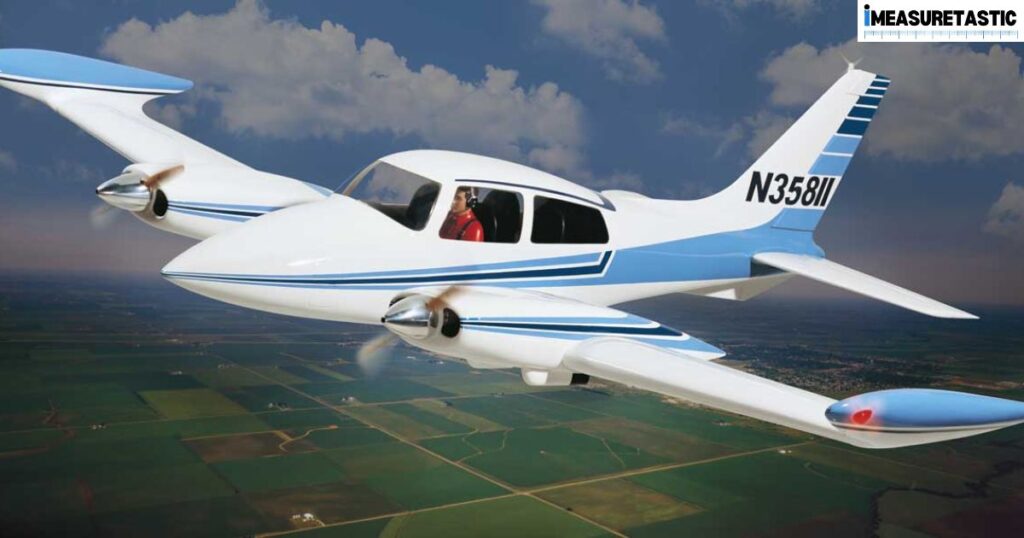
Many small commercial and private aircraft, particularly popular training planes and recreational aircraft, feature wingspans of around 30 feet. This measurement represents an optimal balance between lift capacity and maneuverability.
For aviation enthusiasts and student pilots, understanding these dimensions helps in appreciating aerodynamics and aircraft design principles. It also plays a crucial role in hangar space planning and airport facility management.
The 30-foot wingspan serves as a standard benchmark in recreational aviation, influencing everything from storage requirements to flight characteristics.
12. Swimming Pool Length
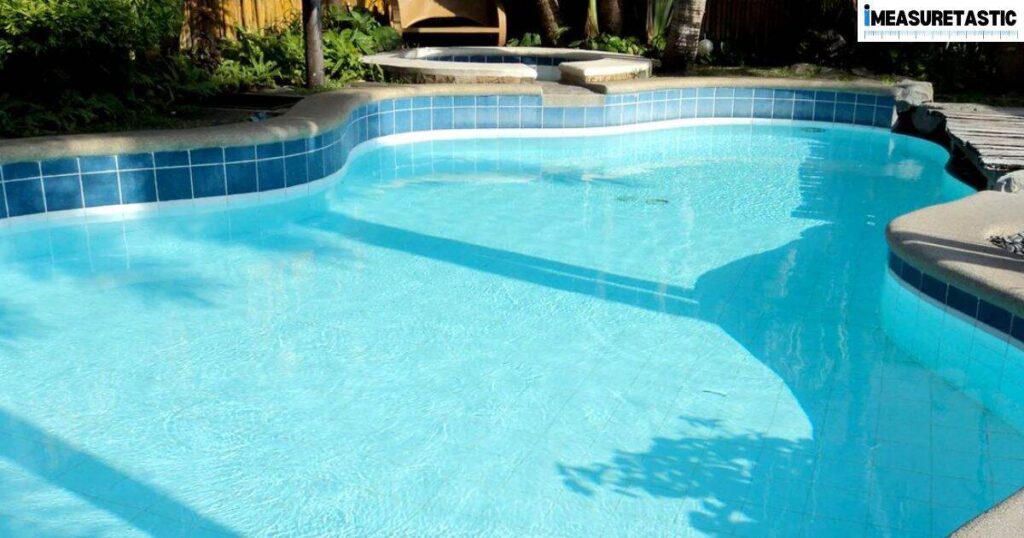
A small lap pool or recreational swimming pool often measures 30 feet in length. This dimension provides enough space for exercise and family entertainment while remaining practical for residential properties.
Pool designers and contractors frequently work with this measurement as it offers a good compromise between functionality and space efficiency. It allows for comfortable lap swimming while maintaining reasonable construction and maintenance costs.
Residential lap pools commonly range from 30-40 feet, with 30 feet representing the minimum recommended length for basic lap swimming.
For homeowners considering pool installation, this size represents an ideal balance between usability and practical considerations like yard space and water management.
Understanding Scale in Urban Environments
In modern urban planning, the 30-foot measurement frequently appears in building codes and zoning regulations. This dimension influences everything from setback requirements to minimum clearances for emergency vehicles.
City planners use this measurement as a reference point when designing public spaces and transportation corridors. Understanding this scale helps create more livable and efficient urban environments.
Practical Applications in Daily Life
For practical applications of measurement, 30 feet represents a significant but manageable distance in many situations. Whether you’re arranging furniture in a great room or planning a garden layout, this measurement serves as a useful reference point.
Professional contractors and DIY enthusiasts alike use this measurement when planning home improvements or additions. It helps ensure proper proportions and functional spaces.
Visual Reference Points for 30-32 Feet
The slight difference between 30 and 32 feet often comes into play in construction and engineering projects. For context, 32 feet equals approximately 9.75 meters, providing a crucial margin for safety calculations in building codes.
These measurements frequently appear in minimum clearance requirements for various structures and pathways. Understanding this range helps in planning everything from garage depths to emergency exit routes.
Conclusion
Understanding 30-foot measurements through familiar real-world examples helps us better grasp this important dimension. From sports field dimensions to residential architecture, this measurement appears consistently in our daily lives.
Whether you’re involved in construction, planning recreational activities, or simply curious about spatial relationships, having a clear understanding of this measurement enhances your ability to make informed decisions. By relating it to common objects and experiences, we can better appreciate how this dimension shapes our world.
Remember that while these comparisons serve as helpful guidelines, precise measurements are crucial for professional applications. Whether you’re working on home improvements or planning public spaces, always verify exact dimensions for your specific needs.



